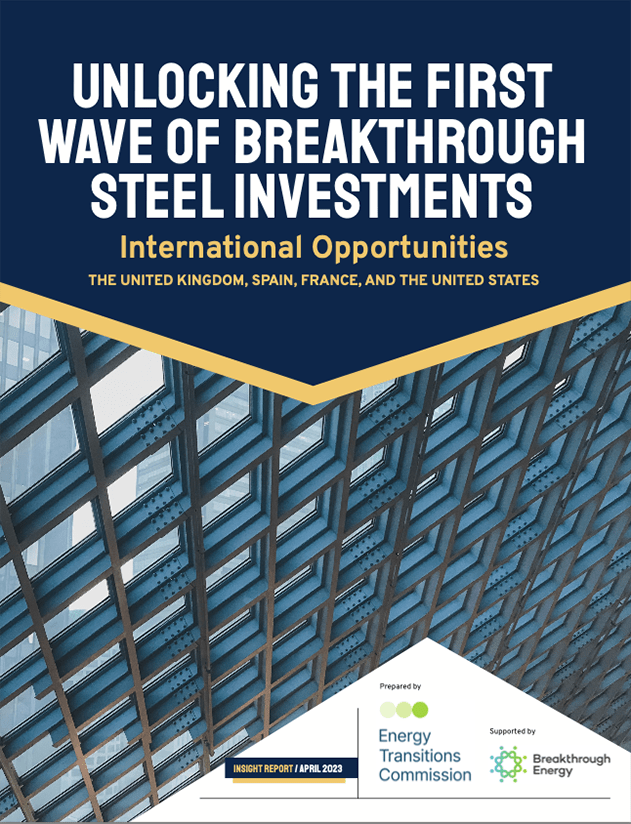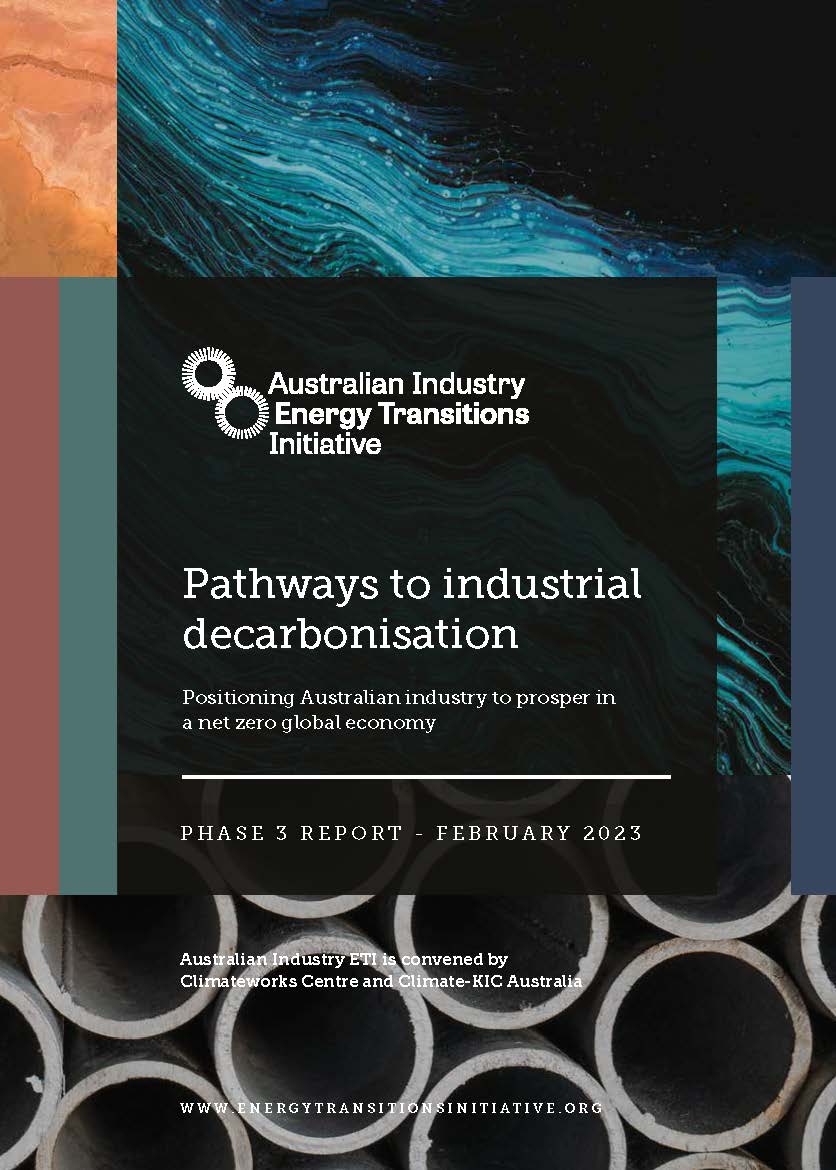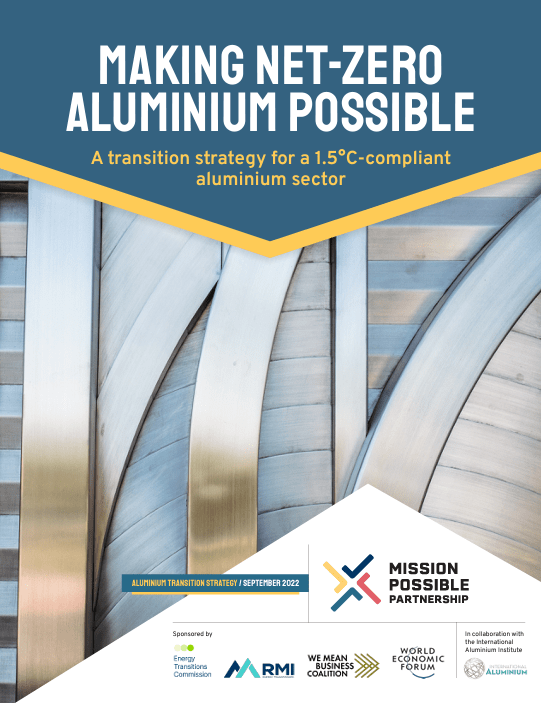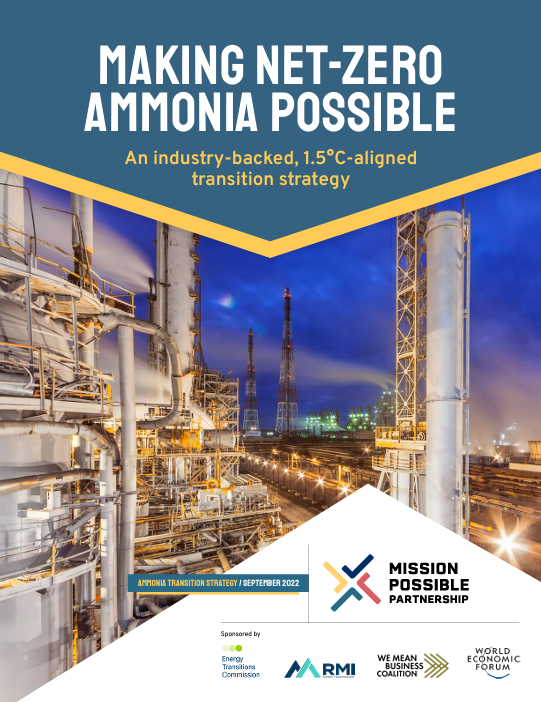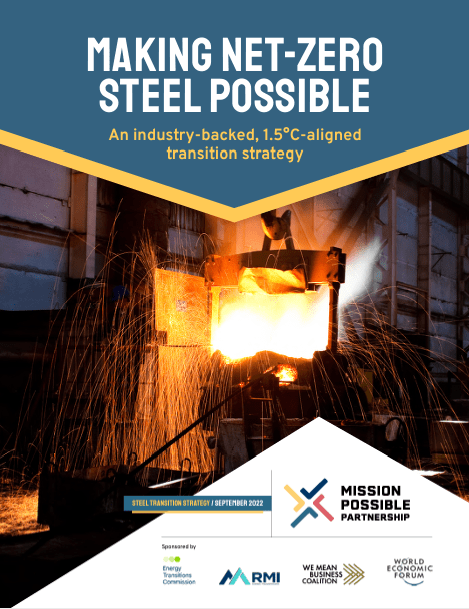Industry
Industry is the biggest source of CO2 emissions globally, before transport and buildings. Heavy industry – cement, chemicals, steel, aluminium – represents the lion’s share of those emissions. Cutting emissions demands a profound reshuffling of our industrial model towards a more circular economy. But bringing heavy industry to net-zero will also require the deployment of entirely new production processes and of carbon capture.
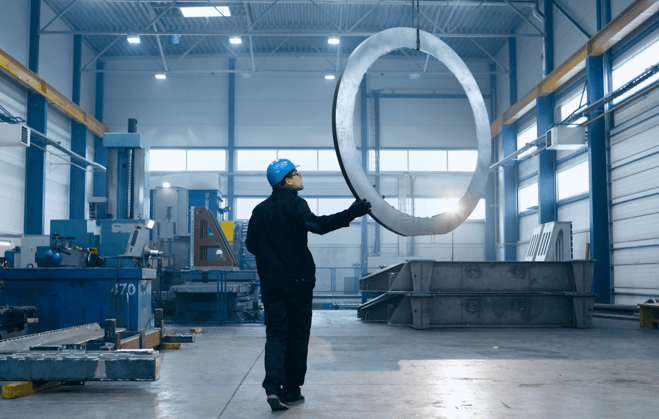
The ETC specialises in the decarbonisation of the major heavy industry sectors: cement, chemicals, steel. These materials are essential to build our cities and our infrastructure, and to produce consumer goods. But their production is among the most carbon-intensive activities because it requires high heat – currently produced through the combustion of fossil fuels – and entails chemical reactions that naturally produce CO2.
ETC analysis has demonstrated that it is technically and economically possible to achieve net-zero emissions from heavy industry. In our Mission Possible report, we have:
- Outlined how to cut emissions through a shift to more circular business models, relying on materials efficiency, materials circularity, and a shift away from product ownership to innovative product-as-a-service business models (like renting and sharing models);
- Described the rich portfolio of technology options to reach net-zero emissions from production – direct electrification, hydrogen use, biomass use and carbon capture;
- Laid out how to progress the decarbonisation of those sectors through a combination of innovation, industry action and policy.
With our partners in the Mission Possible Platform, we are now working with industry leaders in the chemicals, cement, steel and aluminium value chains to accelerate innovation, inform industrial policy, create demand for low-emissions materials and boost financing of the industry transition.


